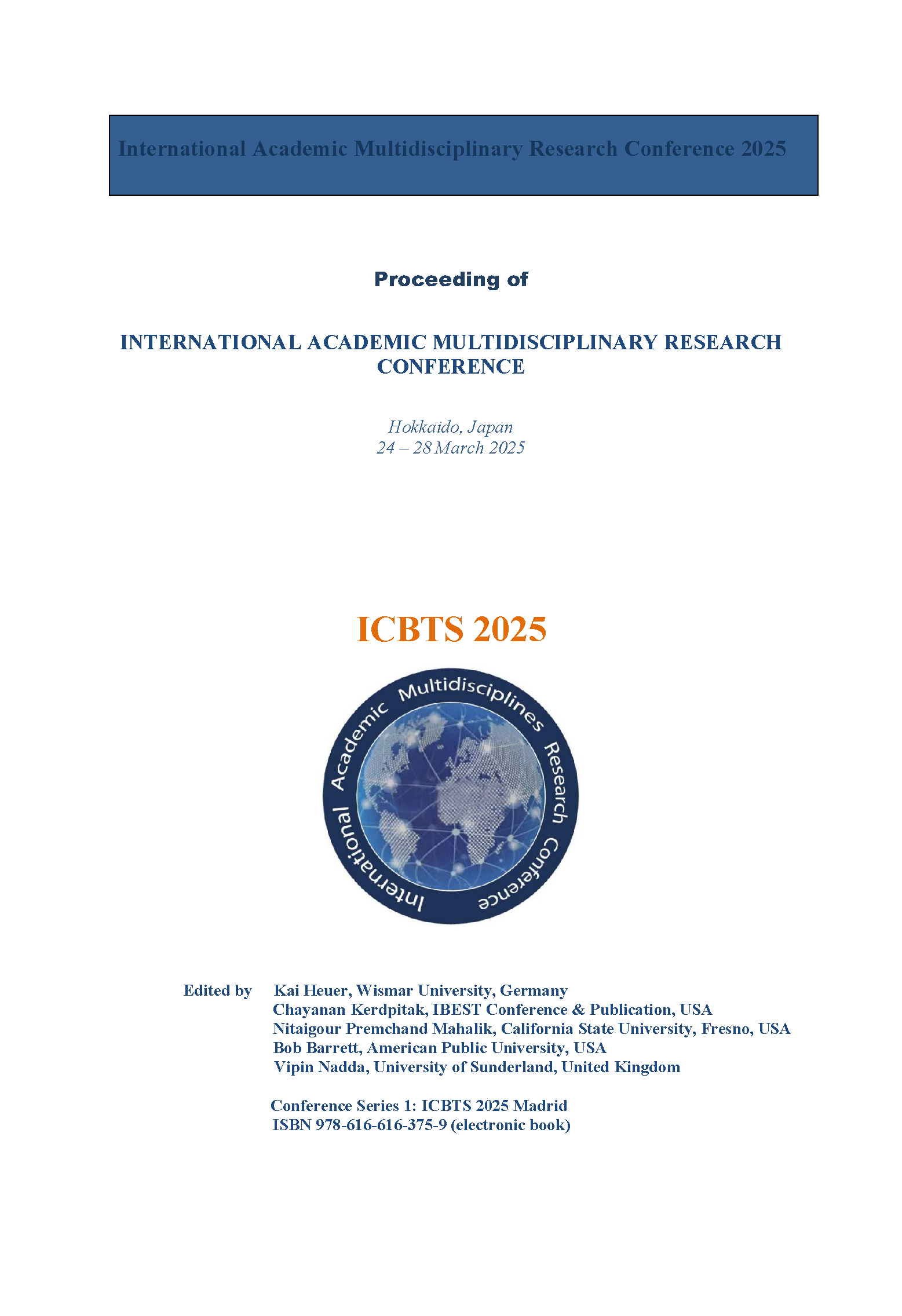Study of the problem of reporting the performance of Suan Sunandha Rajabhat University rankings according to the QS Ranking criteria of the Educational Service Division,Faculty of Fine Arts, Suan Sunandha Rajabhat University
Abstract
A study on the problem of reporting the performance of Suan Sunandha Rajabhat University's ranking according to the QS Ranking criteria of the Educational Services Division, Faculty of Fine Arts, Suan Sunandha Rajabhat University. Objective 1. To study the problem of reporting the performance of the Suan Sunandha Rajabhat University ranking according to the QS Ranking criteria of the Educational Services Division, Faculty of Fine Arts, Suan Sunandha Rajabhat University. 2. To determine guidelines for collecting and storing data for reporting performance results for driving the ranking of Suan Sunandha Rajabhat University according to the QS Ranking criteria of the Educational Services Division, Faculty of Fine Arts, Suan Sunandha Rajabhat University.
The population used in this study was the heads of 8 departments and those responsible and involved in data collection, Faculty of Fine Arts, Suan Sunandha Rajabhat University. It is used to collect data using questionnaires and statistics used to analyze data include percentage, mean and standard deviation.
The results showed that
Part 1 Results of personal data analysis of 8 department heads and those responsible and involved in data collection, Faculty of Fine Arts, Suan Sunandha Rajabhat University, classified by general data as follows:
1.Gender: It was found that females accounted for 50.00 percent and males accounted for 50.00 percent.
2. Type: It was found that most were academic, accounting for 80.00 percent.
3. Academic position (only for those in the academic field) found that most of them are lecturers, accounting for 62.50 percent.
4. Operational level (only those who are support staff) found that most were at the operational level, accounting for 100 percent.
Part 2 Survey and Indepth Interview, in which the interviewees consisted of the heads of 8 departments and those responsible and involved in data collection, Faculty of Fine Arts, Suan Sunandha Rajabhat University. The summary of the Faculty of Fine Arts university ranking operations can be summarized as follows:
Faculty of Fine Arts University Ranking Operation
Overall, it was at the highest level, equal to 4.65 S.D equal to .444. When considering each item, it was found that there was a clear determination of the person responsible for university ranking at the practitioner level. The faculty has a plan or strategy for collecting ranking data at the department or university level, and collects data in advance, less than 1-2 months before the deadline. And the department has collected data in advance consistently throughout the year, with a value of equal to 4.90, S.D equal to .316, followed by a guideline to promote and support to improve the ranking results of faculties/universities, with a value of equal to 4.70, S.D equal to .483.
Part 3 Suggestions, problems, obstacles, development and improvement guidelines
Problems encountered in the compilation of QS university rankings data and suggestions for resolving them include:
1. The number of academics from foreign universities who have a relationship with the university found that the most researched issues by the respondents were: no issues, accounting for 70.00 percent.
2. The number of students of the organization and the establishment in the 10 target industries (S-curve) that organize joint teaching and learning, found that the most problematic issues of the research questionnaire respondents were: 60.00 percent, including unclear explanation of criteria, 10.00 percent, and others, 10.00 percent.
3. The ratio between the number of teachers and all students found that the issues that the respondents of the research questionnaire had were equal, which were yes and no issues, accounting for 50.00 percent.
4. The number of foreign students who study at the university found that the issues that the respondents of the research questionnaire had were equal, which were yes and no issues, accounting for 50.00 percent.
5. The number of permanent foreign teachers found that the issues that the respondents of the research questionnaire had were equal, which were yes and no issues, accounting for 50.00 percent.
6. The number of international students who came to exchange at the university for at least 1 semester or 45 hours found that the issues that the respondents of the research questionnaire had equal issues, which were yes and no issues, accounting for 50.00 percent.
7. The number of university students who went on exchange at universities abroad for at least 1 semester or 45 hours found that the issues that the respondents of the research questionnaire had equal issues, which were yes and no issues, accounting for 50.00 percent.
8. The number of teachers who have completed a doctorate degree found that the most researched issues among the respondents were: no issues, accounting for 60.00 percent.


